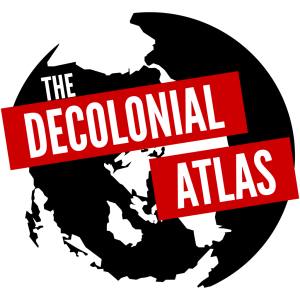

Passamaquoddy-Maliseet Place-names
Originally all Passamaquoddy-Maliseet place-names were either nouns with a locative ending or, more often, verb forms with a locative meaning. Each of these place-names describes a particular natural feature of the land or water. The description may apply to a prominent, extended feature, such as a river or island, or a small, local feature, such as a mudflat, rocky outcrop, or shoal.
Place names mean literally in, at, or to the place where. The following are approximate translations.
Ktotonuk – at the big mountain
Qonasqamkuk – at the sandy point
Meqtoqek – where the river is red (reddish soil along banks)
Sakotiyamkiyak – where there is a long straight sandbar
Metaksonekiyak – where shoes wear it down (portage trail)
Some of the place-names on the accompanying maps are native-language versions of the English or French names (borrowings, translations, or a combination of these).
Akastik – in Augusta, ME (ah-GAH-steeg)
Kelisk – in Calais, ME (GEH-leesk)
Sitansisk – at Little St. Anne’s (Fredericton, NB)
…Sitan (pronunciation of Ste.-Anne), sis (diminutive ending), k (locative ending) (ZEE-dahn-seesk)
Otuhkelenk – on Deer Island, NB
…otuhk (deer), elen (pronunciation of “island”), k (locative ending) (uh-DOOK-eh-lenk)
The literal meanings of some of the place-names still known and used have been lost. In addition, it is often difficult to reconstruct original Passamaquoddy-Maliseet place-names from the English versions, because of changes in pronunciation and the shortening of long native-language words. For example, the original name of Saco, Maine, keeps only the first two syllables of Sakotiyamkiyak; and the name Metaksonekiyak (meh-tahk-suh-NEG-ee-yahg) became Meduxnekeag (meh-DUX-nuh-keg) in English.
Although pronunciations may have changed, Maine and New Brunswick still use a great many of the Passamaquoddy and Maliseet place-names learned by early European visitors to Peskotomuhkatik and Wolastokuk.
The cardinal directions in Passamaquoddy-Maliseet are also named descriptively, some with reference to a prevailing wind.
lahtoqehsonuk – north (wind)
cipenuk – east (may refer to rising sun)
sawonehsonuk – south (wind)
sonutsekotonuk – southwest (literally, heading along the coast)
skiyahsonuk – west (wind)
Orientation to a south-facing coast is reflected in the following words, used to describe the changing length of the day as the year progresses.
cicokawse – s/he walks back toward land; (sun) s/he rises farther toward the north each day (i.e., days are getting longer) (also, nahtokawse)
milawuhse – s/he walks out into the water; (sun) s/he rises farther to the south each day (i.e., days are getting shorter) (also, wesuwewse)
For additional place-names and geographic terms, see the online Passamaquoddy-Maliseet dictionary at http://www.pmportal.org.
Map: Jordan Engel. As always, the Decolonial Atlas’ original media can be reused under the Decolonial Media License 0.1.
